Indonesia Cracks Down on the Scourge of Imported Plastic Waste – Yale Environment 360
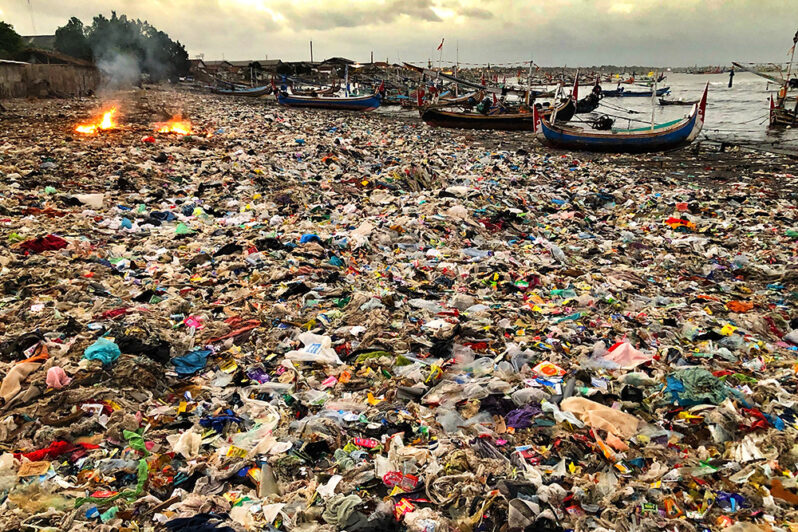
When China banned plastic waste imports in 2018, exporters in wealthy countries targeted other developing nations. Faced with an unending stream of unrecyclable waste, Indonesia has tightened its regulations and has begun to make progress in stemming the plastics flow…
Sponging Up Plastic Pollution – Hakai Magazine
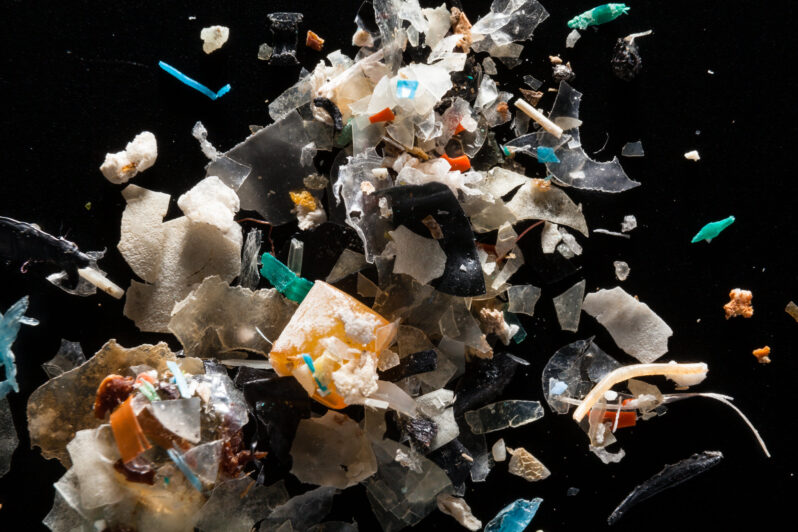
For millennia, humans have used dried natural sponges to clean up, to paint, and as vessels to consume fluids like water or honey; we’ve even used them as contraceptive devices. Whether synthetic or natural, sponges are great at ensnaring tiny particles in their many pores. And as scientists around the world are beginning to show, sponges’ cavity-filled forms mean they could provide a solution to one of our era’s biggest scourges: microplastic pollution….
‘Plastic air pollution’: Microplastics in clouds could be exacerbating climate change – EuroNews

Researchers found several types of polymers and rubber in the water in cloud water surrounding Mount Fuji, Japan’s biggest mountain, and Mount Ōyama.
Their study, published in the journal Environmental Chemical Letters, joins a growing body of evidence showing that plastic pollution has infiltrated most ecosystems on Earth…
The Straw That Hijacked the Plastic Pollution Movement – Hakai Magazine
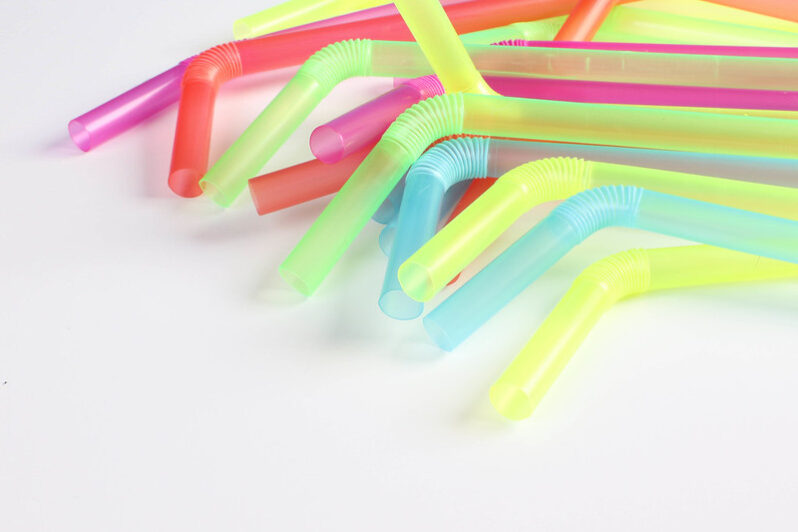
Plastic straws used to be “environmental enemy number one.” Was the fight against them in vain?
The overwhelming plastic waste Hawaii visitors leave behind – SFGATE

Plastics like in-room toiletries provided by resorts, plus to-go containers and cutlery provided by restaurants, are used and discarded by guests day after day. A single hotel chain can use hundreds of millions of little bottles of shampoo and conditioner every year.
When visitors leave, a lot of these items end up in the trash, yet Hawaii doesn’t have the infrastructure to recycle the immense amount of plastic left behind…
Using ‘recycled plastic’ in construction materials may not be a great idea after all – Grist Magazine

Last month, the American Chemistry Council, a petrochemical industry trade group, sent out a newsletter highlighting a major new report on what it presented as a promising solution to the plastic pollution crisis: using “recycled” plastic in construction materials. At first blush, it might seem like a pretty good idea — shred discarded plastic into tiny pieces and you can reprocess it into everything from roads and bridges to railroad ties…
There Might Be Less Plastic in the Sea Than We Thought. But Read On – the New York Times
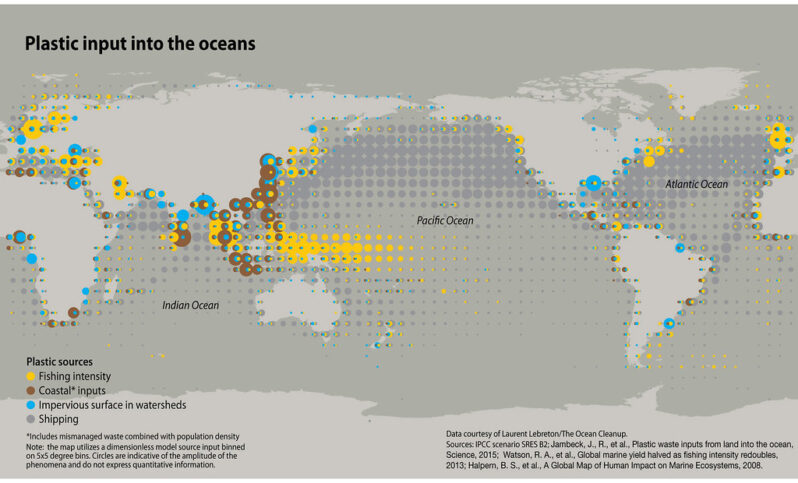
There’s less plastic pollution flowing into the ocean from land than scientists previously thought, according to a study published Monday in the journal Nature Geoscience.
The researchers estimated that about 500,000 metric tons of plastic end up in the ocean each year, with about half from land. The other half comes from the fishing industry in the form of nets, ropes, buoys and other equipment…
Plastic-rock hybrids found on the Andaman Islands – Mongabay
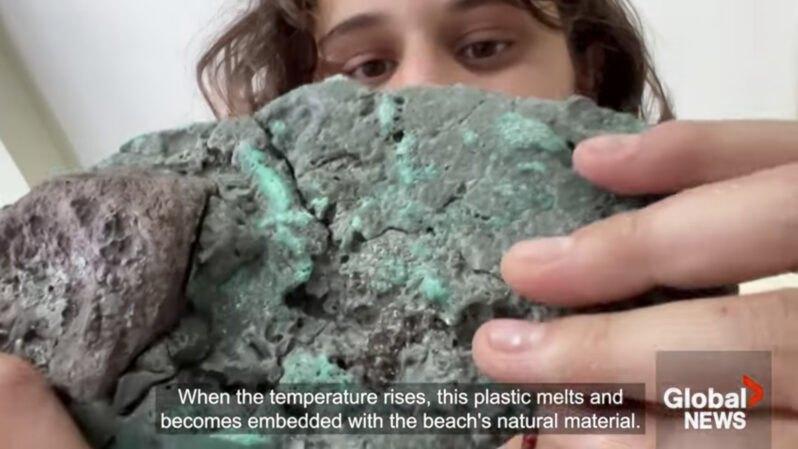
A study found the formation of plastic-rock hybrids in the intertidal zone of remote beaches of Aves Island in the Andaman archipelago. This is a first record of these hybrid rocks, known as plastiglomerates, from India.
Samples from the island that were analysed contained polyethylene and polyvinyl chloride. Incineration of plastic litter could have led to their formation.
The impact of plastiglomerates on marine ecosystems is yet to be understood as research on plastiglomerates is an emerging field…
How Plastics Are Poisoning Us – the New Yorker

They both release and attract toxic chemicals, and appear everywhere from human placentas to chasms thirty-six thousand feet beneath the sea…How worried should we be about what’s become known as “the plastic pollution crisis”? And what can be done about it? These questions lie at the heart of several recent books that take up what one author calls “the plastic trap…”
